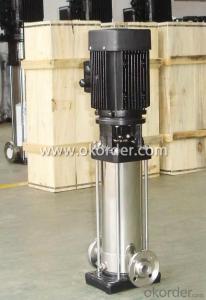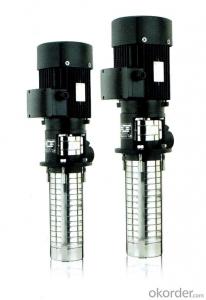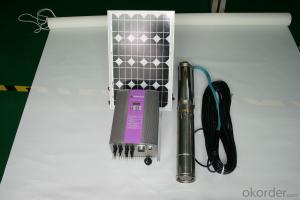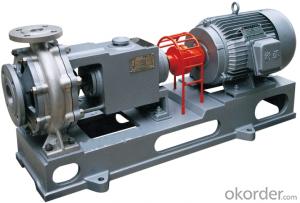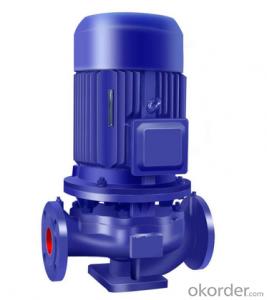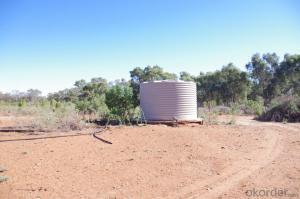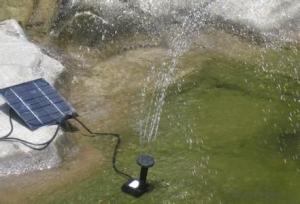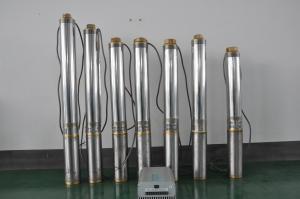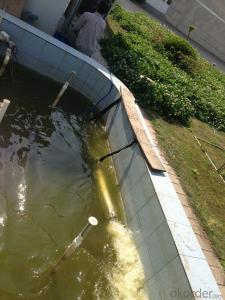Solar Pump Inverter Invt
Solar Pump Inverter Invt Related Searches
Best Stainless Steel For Knives Wd 40 For Stainless Steel Hole Saw For Stainless Steel Paint For Stainless Steel Stainless Steel For Bbq Step Bit For Stainless Steel Sponge For Stainless Steel Coatings For Stainless Steel Caulking For Stainless Steel Stainless Steel Box With LidHot Searches
Solar Hot Water Collectors For Sale 8 Inch Water Pump For Sale Solar Inverter For Split Ac Solar Inverter With Ac Outlet 1 Hp Solar Water Pump Price Jain Solar Water Pump Price Kirloskar Solar Water Pump Price Aluminum Ac Coil Scrap Price China Solar Ac Module Solar Pump Inverter Price Lorentz Solar Water Pumps Price Price Of Water Cooler Evacuated Tube Solar Collectors Price Lorentz Solar Pumps Price Cost Of Evacuated Tube Solar Collectors Buy Hot Water Bag Fish Tank Air Pump Price Aquarium Air Pump Price Air Pump Price Chlorine Dosing Pump PriceSolar Pump Inverter Invt Supplier & Manufacturer from China
Okorder.com is a professional Solar Pump Inverter Invt supplier & manufacturer, offers integrated one-stop services including real-time quoting and online cargo tracking. We are funded by CNBM Group, a Fortune 500 enterprise and the largest Solar Pump Inverter Invt firm in China.Hot Products
FAQ
- Yes, there are limitations on the water pH and alkalinity that a solar pump can handle. Most solar pumps are designed to handle water with a pH range of 6.5 to 8.5 and alkalinity levels below 500 parts per million (ppm). Water outside of these ranges can potentially damage the pump's components or reduce its efficiency. It is important to consider water quality parameters and consult the manufacturer's specifications before installing a solar pump.
- Yes, a solar pump can definitely be used for water supply in off-grid RVs. Solar pumps are specifically designed to utilize solar energy to pump water, making them a reliable and efficient solution for off-grid water supply. They can be easily installed on RVs, providing a sustainable and renewable source of water without the need for grid electricity.
- Yes, solar pumps can be used in areas with high temperatures. In fact, solar pumps are designed to withstand various environmental conditions, including high temperatures. They are built with durable materials and equipped with heat-resistant components that allow them to continue operating efficiently even in hot climates.
- Yes, there are limitations on the distance a solar pump can pump water. The maximum distance a solar pump can pump water depends on various factors such as the power of the pump, the elevation difference between the water source and the destination, the diameter and material of the pipes used, and the efficiency of the pump. Generally, solar pumps are capable of pumping water over distances ranging from a few hundred meters to several kilometers, but beyond a certain point, the water pressure and flow rate may decrease, impacting the effectiveness of the pump. Additionally, longer distances may require more powerful and expensive solar pumps to maintain sufficient water pressure.
- For a solar pump to be installed in a well, there are specific requirements that need to be considered. Here are some important factors to keep in mind: 1. Placement of Solar Panels: To maximize sunlight exposure, it is necessary to install the solar panels in a location where they receive maximum sunlight throughout the day. It is ideal to mount them at an angle and facing south to optimize solar energy capture. 2. Depth and Size of Pump: The size and type of solar pump required will depend on the depth and diameter of the well. Selecting a pump that can handle the well's depth and deliver the desired water flow rate is crucial. 3. Mounting of Pump: To ensure proper performance, the solar pump should be securely mounted and correctly aligned within the well casing. This prevents any movement or misalignment that could impact its functionality. 4. Wiring and Control Box: Appropriate wiring and connectors are needed to connect the solar panels to the pump motor. Additionally, a control box may be necessary to regulate the power supply and safeguard the pump from voltage fluctuations. 5. Safety Precautions: It is important to take adequate safety measures during installation. This may involve grounding the system, using suitable circuit breakers or fuses, and adhering to local electrical codes. 6. Maintenance and Monitoring: Regular maintenance and monitoring are vital for optimal performance and durability of the solar pump system. This includes cleaning the solar panels, inspecting wiring connections, and checking the pump's operation. To ensure that all specific installation requirements are met and to achieve the best results from a solar pump in a well, it is advisable to consult a professional solar pump installer or a qualified technician.
- The amount of space required for installing a solar pump system can vary depending on the size and capacity of the system. Generally, a solar pump system requires a minimum of a few square meters of space for the installation of solar panels, as well as additional space for the pump and storage tanks. It is important to consult with a professional to determine the specific space requirements based on the individual system's specifications.
- Yes, there are limitations to the duration of continuous operation for a solar pump. The main limitation is the availability of sunlight. Solar pumps rely on solar panels to convert sunlight into electricity, which powers the pump. Therefore, the pump can only operate when there is sufficient sunlight to generate the required electricity. The duration of continuous operation also depends on the capacity and efficiency of the solar panels. If the panels have a low capacity or are not able to efficiently convert sunlight into electricity, the pump may not be able to operate for extended periods. Additionally, the size and capacity of the pump itself can limit the duration of continuous operation. If the pump is not designed to handle long hours of operation, it may overheat or experience mechanical failures. Furthermore, weather conditions can also affect the duration of continuous operation. Cloudy or rainy days can significantly reduce the amount of sunlight available, thereby limiting the pump's operation. To mitigate these limitations, some solar pump systems are equipped with battery storage. These batteries can store excess energy generated during sunny periods, allowing the pump to operate during periods of low sunlight or at night. However, the duration of continuous operation still depends on the battery capacity and the amount of stored energy. In summary, the limitations to the duration of continuous operation for a solar pump are primarily determined by the availability of sunlight, the capacity and efficiency of the solar panels, the size and capacity of the pump, and the presence of battery storage.





